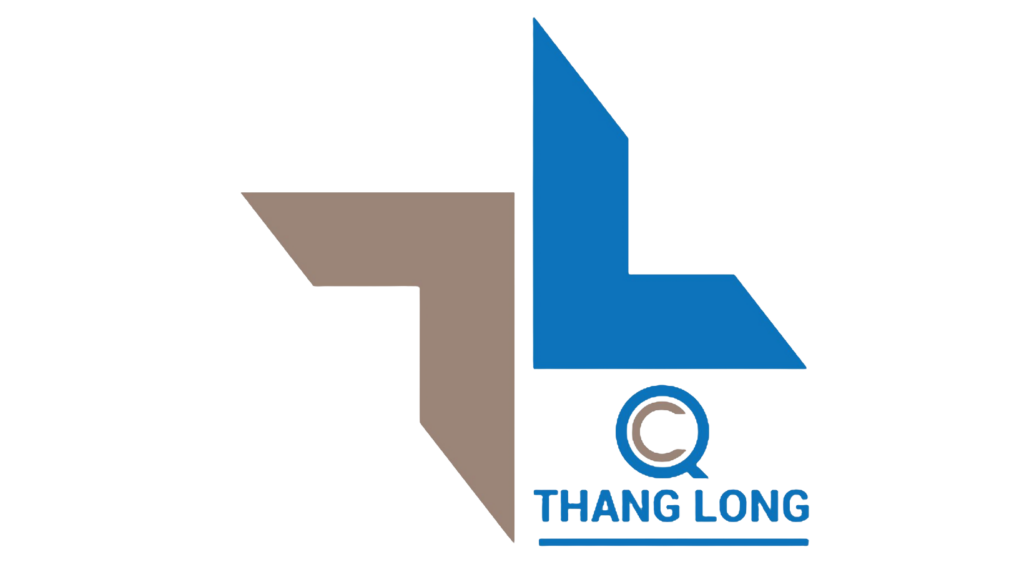! Без рубрики
How to Adapt a Corticosteroid Treatment to Individual Goals
Understanding the Importance of Personalized Treatment Plans
When managing conditions that require corticosteroid therapy, such as autoimmune diseases or allergic reactions, ¿Cómo adaptar un tratamiento con esteroides a los objetivos individuales? becomes a crucial question. Tailoring treatment ensures maximum efficacy while minimizing potential side effects, aligning the therapeutic approach with each patient’s specific needs and health goals.
Assessing Patient-Specific Factors
Medical History and Comorbidities
Before adjusting corticosteroid regimens, healthcare providers must evaluate the patient’s complete medical history, including previous responses to steroids, existing comorbidities, and risk factors. This assessment helps in setting realistic goals and selecting appropriate dosages.
Severity and Nature of the Condition
The severity of the disease and its impact on quality of life influence how corticosteroids are used. Mild cases may require lower doses or shorter courses, whereas severe conditions propionatodetestosteronacomprar might necessitate aggressive and prolonged treatment strategies.
Defining Clear Objectives
Reducing Symptoms and Inflammation
One primary goal is often symptom control, focusing on decreasing inflammation and discomfort. The treatment plan should aim for the minimal effective dose to achieve this objective.
Minimizing Side Effects
Long-term corticosteroid use can lead to adverse effects such as osteoporosis, weight gain, or hypertension. Therefore, objectives include balancing therapeutic benefits with safety considerations.
Implementing an Adaptive Approach
Start with the Lowest Effective Dose
Begin treatment with the lowest dose that effectively manages symptoms, then titrate based on patient response and tolerability.
Monitoring and Adjustment
Regular follow-up is essential to monitor clinical progress and side effects. Adjust the dosage or treatment duration accordingly to meet evolving goals and ensure optimal outcomes.
Incorporating Non-Pharmacological Strategies
Complementary therapies, lifestyle modifications, and other interventions can support corticosteroid treatment and help achieve personalized health objectives.
Collaborative Decision-Making
Engaging patients in discussions about their treatment preferences and goals fosters adherence and satisfaction. Shared decision-making enhances the effectiveness of ¿Cómo adaptar un tratamiento con esteroides a los objetivos individuales?.





